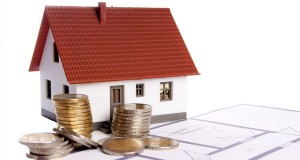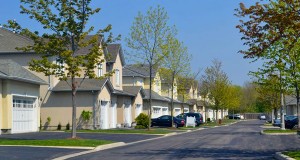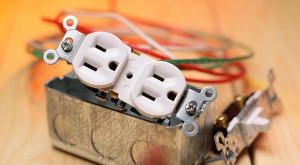
November 5, 2015
More On FHA EEM Stretch Ratios And Home Energy Scores
Recently we reported on the FHA’s coming rule modification for the Energy Efficient Mortgage program. For loans in 2016 with FHA case numbers assigned on or after January 25, 2016, homes with qualifying energy ratios could be eligible for increased “stretch ratios” as described below (reprinted from the FHA official site): “FHAs existing EEH policy allows stretch ratios for homes that are built or retrofitted to the 2000 International Energy Conservation Code (IECC). For standard FHA loans, debt-to-income (DTI) ratios are limited to 31 percent (front-end) and 43 percent (back-end). Under FHA policy for the EEH mortgage, these DTI ratios can be increased to 33 percent and 45 percent respectively. To increase opportunities for homeowners to achieve and benefit from an energy efficient home, FHA is adding a new threshold | more...








